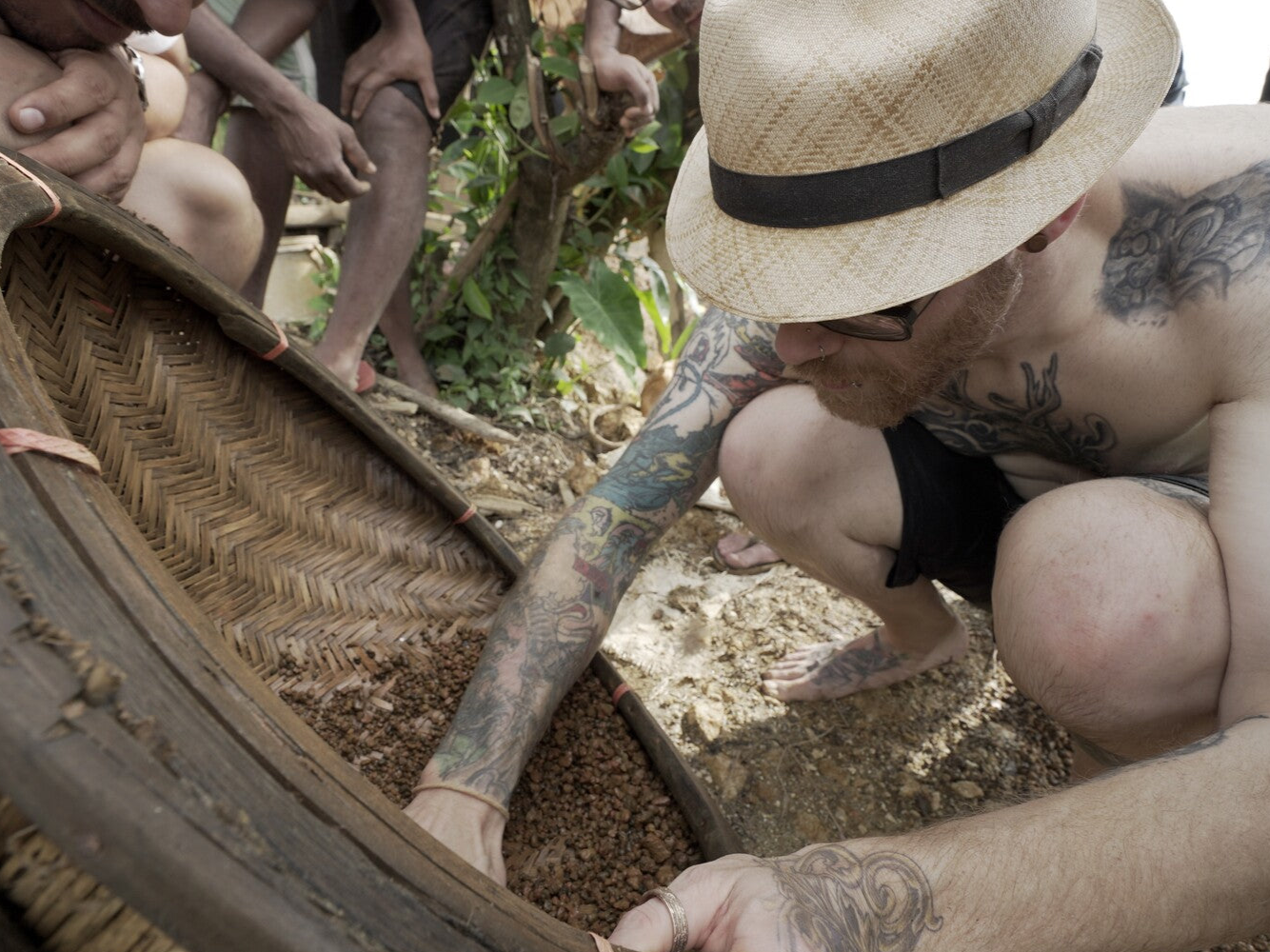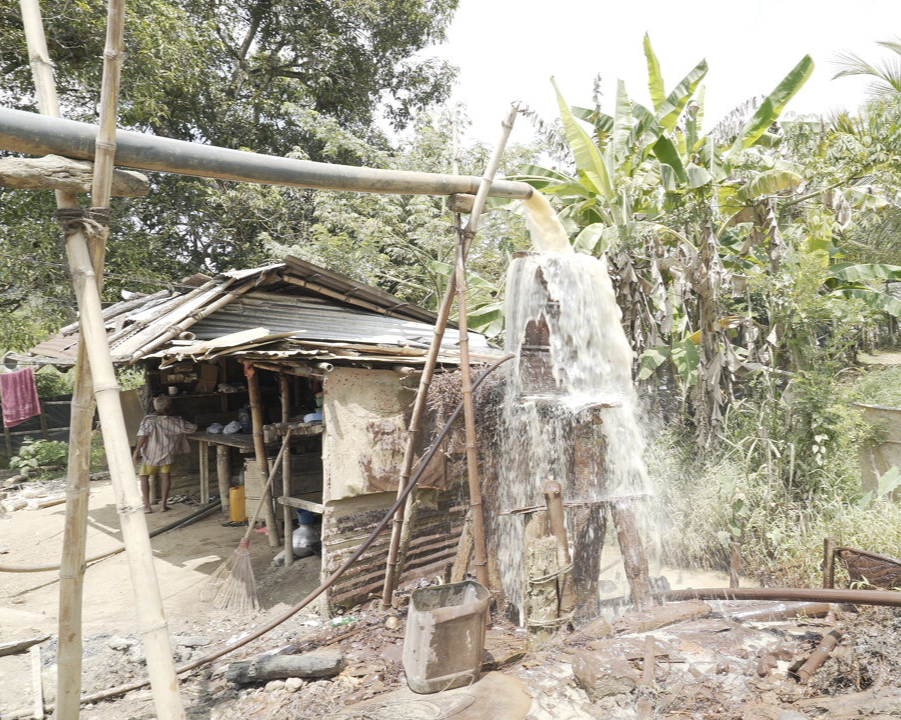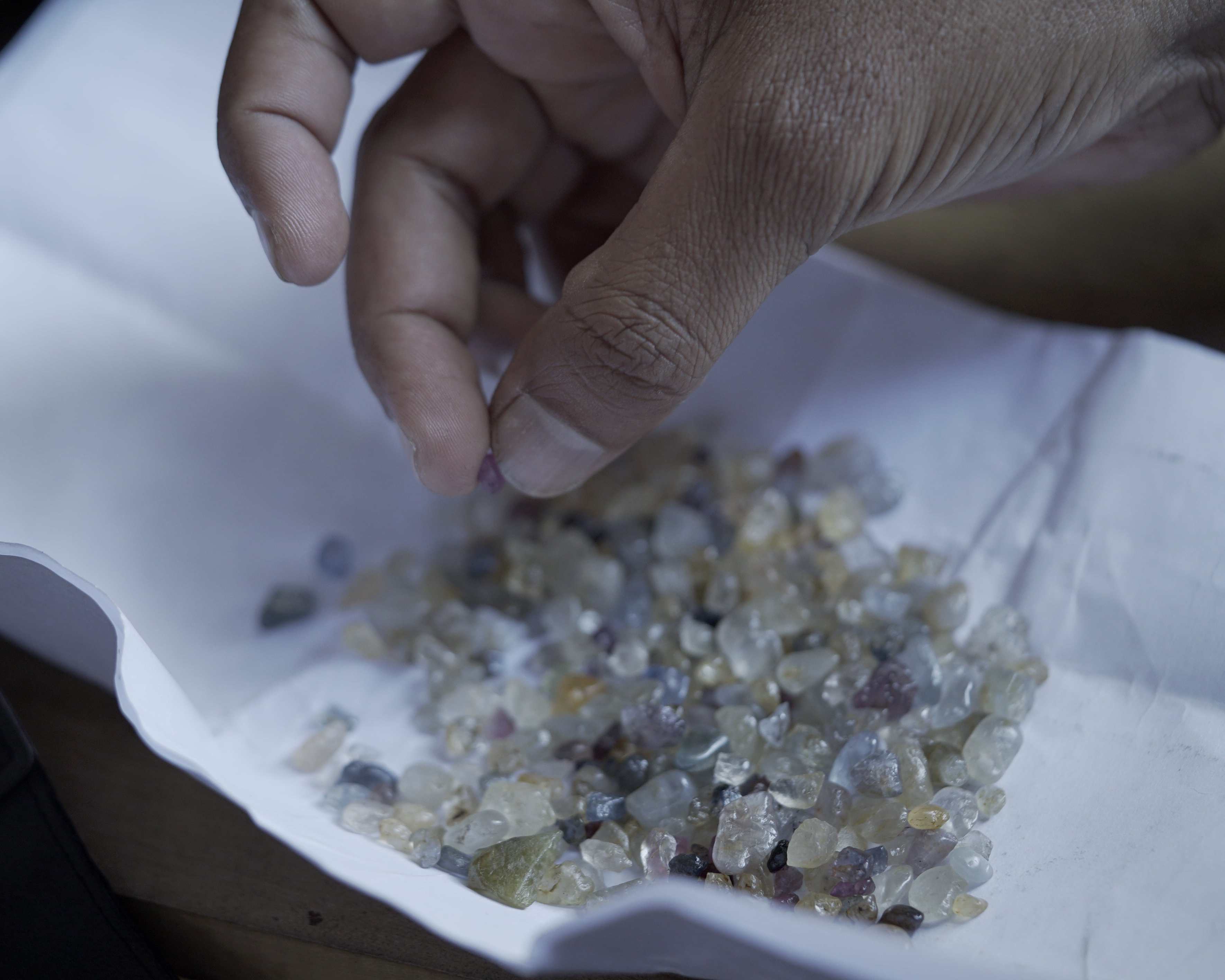

Lab grown diamonds are often marketed as a sustainable alternative to natural diamonds; however, this isn’t necessarily true. Manufacturing diamonds is an energy-intensive process. Natural diamonds were formed billions of years ago in the Earth’s mantle when land masses moved against each other. This produced enough heat, pressure, and friction to crystallize carbon, thus creating diamonds. The mantle is between 90 and 125 miles beneath the Earth’s surface and is too far down to drill. Volcanic eruptions bring diamonds closer to the surface, making it possible to obtain them through mining. This ancient process has to be recreated in a factory to make a lab grown diamond, which requires large levels of energy. There are two ways to do this: First, with a high pressure high temperature process, or HPHT, and secondly with carbon vapor deposition, or CVD. The HPHT process uses graphite as the base to form the diamond, whereas the CVD process begins with a thin slice of natural diamond. To form a larger stone from these pieces, chamber temperatures must reach over 1800°F, and this requires anywhere from 175-225 kilowatt-hours of energy to create just a single carat diamond. This number increases to 650-1100 kilowatt-hours after polishing. For reference, the average household in the US uses about 900 kilowatt-hours a month. Additionally, about 60% of labgrown diamonds are produced in China and India, where they largely rely on fossil fuels for electricity.
The natural diamond industry has an immensely positive impact on communities all across the globe. Through employment, infrastructure investment, and sales, diamond mining directly supports 10 million people worldwide. For example, in 2023, Botswana generated over $3.2 billion dollars from diamond exports. In the same year, Namibia made over $1 billion dollars, all from this one natural resource. The wealth generated by laboratory-created diamond companies largely benefits only a select few venture capitalists and investors who have yet to demonstrate similar socio economic contributions. The truth is, the modern natural diamond industry has worked hard to transform itself over the last 20 years. Today, conflict diamonds, or “blood diamonds” as they are often referred to, are virtually eliminated from the market. In fact, thanks to the UN-mandated Kimberley Process, conflict diamonds have been reduced from 15% of the world diamond trade in the 90s to less than 1% by 2010. The diamond industry also goes above and beyond the Kimberley Process to encompass people, planet, and business ethics. For example, De Beers, one of the largest diamond buying companies in history, has developed a sustainability strategy and they rehabilitate the mines after closing them down. Workers put the land back together and continuously monitor water quality, vegetation, and wildlife. This also guarantees more jobs even after mines are closed. The industry abides by numerous international human rights frameworks and labor regulations, alongside country-specific rules to ensure it does business in the most responsible and sustainable way.
Our founder, Mark Farrell, has firsthand experience working in the mines of Ratnapura, the center of gemstone trading in Sri Lanka. There, Mark learned the process of gemstone sourcing by participating in mining with people who had worked in the mines for generations. Because of this experience, Mark learned the importance of these mining communities. He witnessed how entire families and communities were dependent upon the income made from these stones sold in the markets. “As a jeweler and an American, ordering these gems from a catalog doesn’t reveal the effort it takes to search for them day after day,” Mark says. “When you buy gemstones directly from miners, you see where the money goes. You’re supporting their schools, lifestyle, and community. It brings a sense of humility to the whole process.” For all of these reasons, Buffalo Craft only uses natural gems and diamonds.


